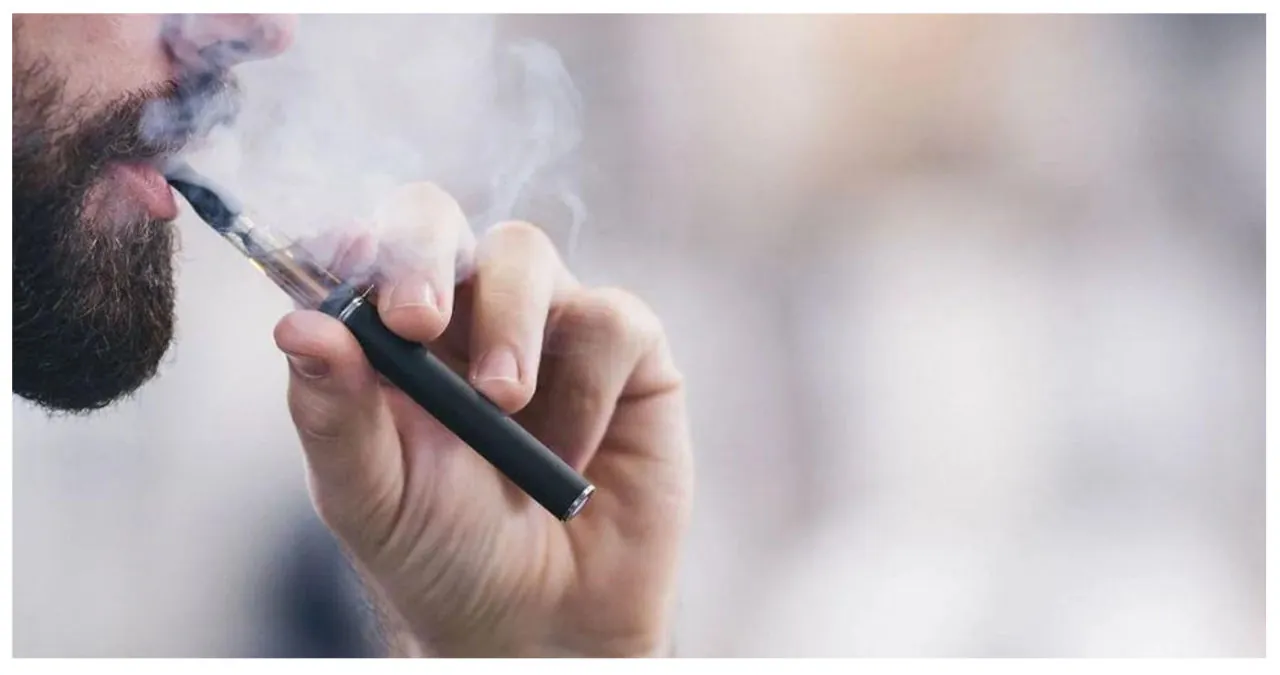Marijuana, which goes by various names such as cannabis, weed, pot, or grass, is a plant that contains compounds with psychoactive effects, capable of changing one’s mood, perception, and cognition. It is utilized for both medicinal and recreational purposes, with its legality differing across states in the United States. In Maryland, medical marijuana has been legal since 2014, while recreational use remains illegal, although possession of small amounts has been decriminalized.
According to a recent study conducted by Cannabis Public Policy Consulting, a research group assisting the Maryland legislature in their decision-making process regarding the opening of the recreational marijuana market, it has been found that despite the legal restrictions, residents of Maryland consume more marijuana compared to other states where the drug is legal. The study reveals that Marylanders consume an average of 25.4 grams of marijuana per month, which is approximately five grams more than the average consumption in other legalized states. These findings provide valuable insights as Maryland prepares to open its recreational marijuana market on July 1, 2023.
Baltimore: The Marijuana Capital of Maryland
When it comes to marijuana consumption in Maryland, one city takes the lead – Baltimore. As the largest and most populous city in the state, with an estimated population of 585,708 as of 2020, Baltimore has emerged as the epicenter of cannabis use in Maryland, according to a recent study.
Why Baltimore?
Baltimore has a reputation for its vibrant history, diverse culture, and numerous challenges in the social and economic spheres. These challenges include issues such as poverty, crime, violence, and racial inequality. It is believed that these factors play a role in the city’s high demand and consumption of marijuana. Some individuals may turn to the drug as a means of dealing with stress, pain, or trauma, while others may seek it for relaxation, pleasure, or socializing purposes.
According to the 2023 Cannabis Global Price Index, Baltimore is ranked 16th globally and 7th in the United States for marijuana consumption. It is estimated that the city consumes approximately 36.1 metric tons of weed each year. In terms of the average price of marijuana, Baltimore is ranked 19th globally and 8th in the United States, with a gram costing $10.94.
As of November 2023, Baltimore boasts a thriving and expansive medical marijuana market, with a total of 18 dispensaries operating within the city. The Maryland Medical Cannabis Commission, responsible for overseeing the state’s medical marijuana program, reveals that Baltimore has the highest number of registered patients and caregivers in Maryland. As of October 2023, there were 67,893 registered patients and 9,433 caregivers in the city. Furthermore, Baltimore also leads in terms of sales volume and revenue, generating $24.6 million and $4.9 million respectively in October 2023.
Key Factors Affecting Marijuana Use: From Individuality to Society
Marijuana use is a complex phenomenon influenced by a wide range of factors. Understanding these factors is crucial in developing effective prevention strategies, harm reduction approaches, and informed drug policy. Here are some key categories influencing marijuana use:
Individual-Level Factors:
- Genetics: Genetic variations can predispose individuals to substance use disorders, including marijuana dependence. Research suggests specific genes may influence reward sensitivity, impulsivity, and decision-making, impacting vulnerability to substance use.
- Mental health: Underlying mental health conditions like anxiety, depression, and ADHD can lead to self-medication with marijuana. Conversely, marijuana use can exacerbate existing mental health problems.
- Personality traits: Sensation seeking, impulsivity, and risk-taking behaviors are associated with an increased likelihood of marijuana use, especially during adolescence and young adulthood.
- Peer pressure and social norms: The attitudes and behaviors of peers, family, and community can significantly influence an individual’s decision to use marijuana. Acceptance and normalization of use within social circles can increase the likelihood of experimentation and continued use.
- Personal beliefs and attitudes: Perceptions of marijuana’s risks and benefits, along with beliefs about its effectiveness in managing stress or symptoms of mental health conditions, can influence personal decisions about use.
Social-Environmental Factors:
- Availability and accessibility: Easy access to marijuana, whether through dispensaries, social networks, or illegal markets, increases the likelihood of use. Conversely, strict regulations and limited access can act as deterrents.
- Cost and price: The affordability of marijuana can influence user patterns. Lower prices, particularly for high-potency products, may entice new users or encourage heavier use among existing users.
- Marketing and advertising: Targeted marketing campaigns, especially those aimed at young people, can normalize marijuana use and create positive associations with the substance.
- Legal and regulatory environment: Legalization, decriminalization, and varying levels of enforcement significantly impact access and attitudes towards marijuana, influencing use patterns.
- Socioeconomic factors: Poverty, limited educational opportunities, and social disparities can increase the risk of substance use, including marijuana.
Additional Factors:
- Cultural norms and beliefs: Cultural attitudes towards substance use, including marijuana, vary across communities and can influence individual behavior.
- Historical context: Past experiences with drug policies and perceptions of their effectiveness can shape public opinion and influence future policy decisions.
- Emerging trends and technologies: Technological advancements in cultivation, extraction, and delivery methods can impact the potency, accessibility, and attractiveness of marijuana products.
Conclusion:
From individual genes to societal norms, marijuana use blossoms in a diverse garden of influences. Understanding this intricate ecosystem isn’t about judging buds, but nurturing responsible choices. By acknowledging vulnerabilities, addressing social environments, and crafting informed policies, we can cultivate a future where individual well-being and healthy communities flourish hand-in-hand, regardless of whether one chooses to partake or abstain. So, let’s tend to the soil of knowledge, prune away misinformation, and watch responsible use bloom bright in the sunshine of understanding.
Also Read:
- This city in Pennsylvania earns the title of Rape Capital of the State!
- The Most Miserable City in New Mexico Has Been Revealed
- Can You Guess Which City in North Carolina Is Most Depressed?



